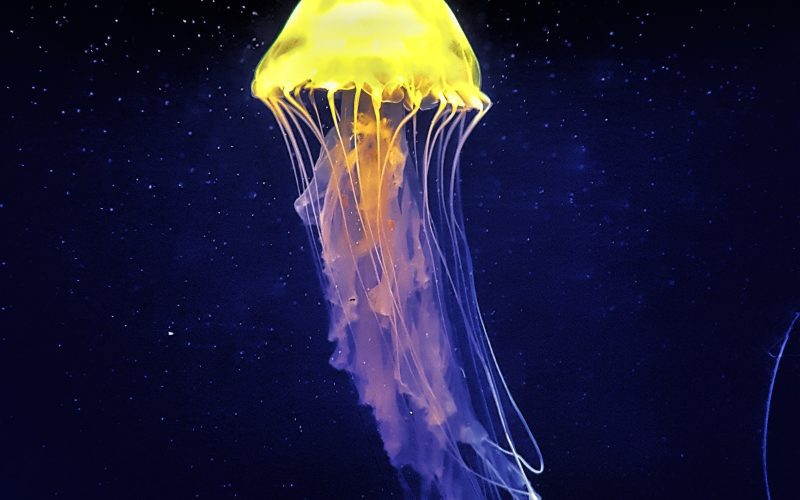Jellyfish are mysterious creatures that have fascinated scientists and the public for centuries. Despite their simple appearance, they have a complex life cycle and unique adaptations that make them stand out from other sea creatures. Here are 10 fascinating facts about jellyfish that you probably never knew.
- Jellyfish have been around for more than 500 million years. They predate the dinosaurs and have survived several mass extinctions.
- They are not fish at all, but rather gelatinous zooplankton. They are more closely related to sea anemones and corals than to fish.
- Jellyfish have no brain, heart, or bones. They are made up of more than 95% water and have a simple nervous system that allows them to sense light and touch.
- Some jellyfish are immortal. They can revert back to their juvenile form after reaching maturity, essentially starting their life cycle over again.
- Jellyfish are capable of bioluminescence, meaning they can produce their own light. This is used to attract prey or to scare off predators.
- The largest jellyfish on record was a lion’s mane jellyfish found in Massachusetts Bay in 1870. Its bell was over 7.5 feet in diameter and its tentacles stretched over 120 feet.
- Jellyfish have no respiratory system. They absorb oxygen from the water through their skin.
- The box jellyfish is one of the most venomous creatures in the world. Its sting can cause heart failure and death in just a few minutes.
- Some species of jellyfish are edible and are considered a delicacy in certain parts of the world. They are rich in protein and low in calories.
- Jellyfish blooms, or large aggregations of jellyfish, can have a significant impact on marine ecosystems. They can outcompete other species for food and clog fishing nets, causing economic damage.
Jellyfish continue to be a subject of scientific study and public fascination. Their unique adaptations and survival strategies make them an important part of marine ecosystems and a fascinating creature to observe.












